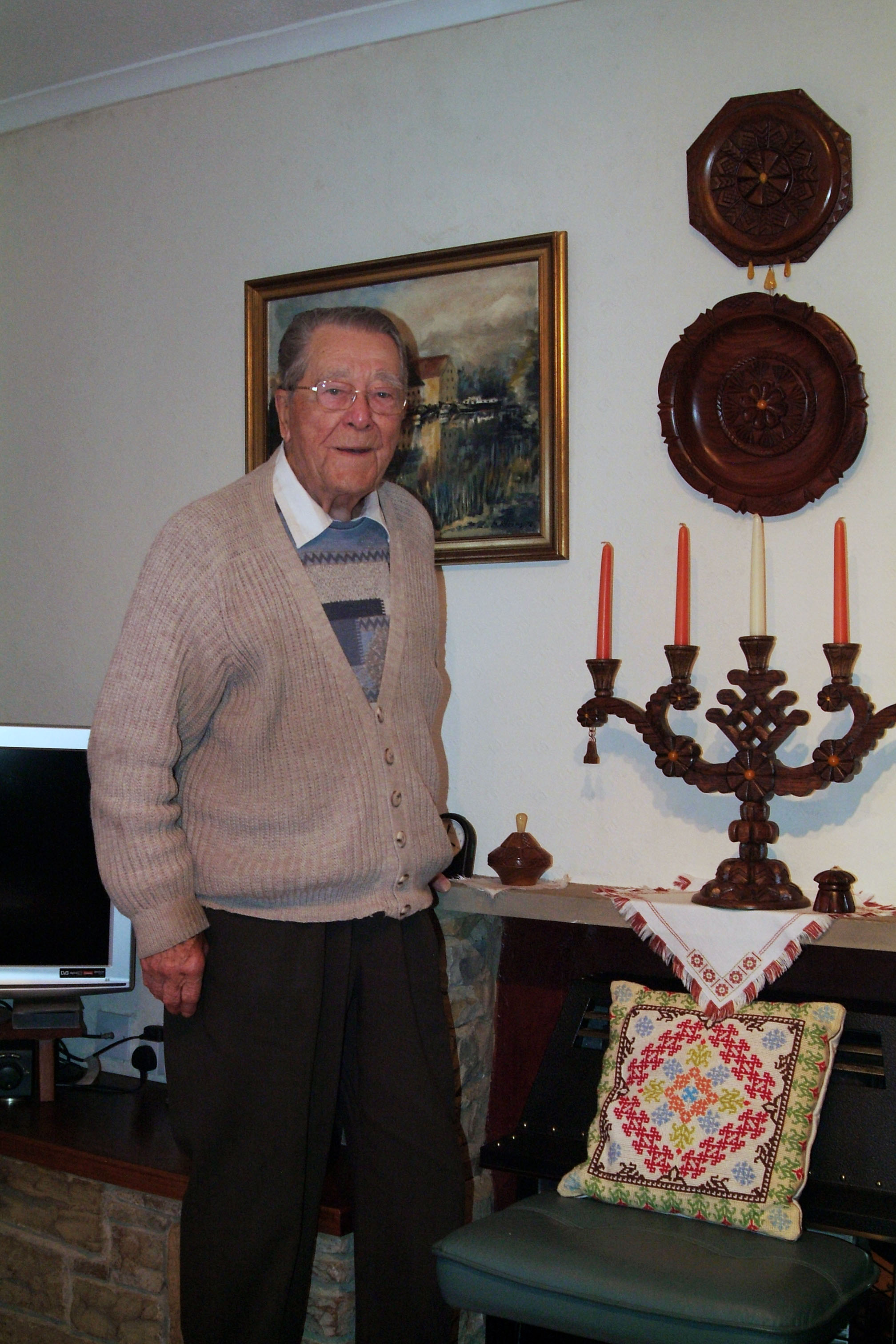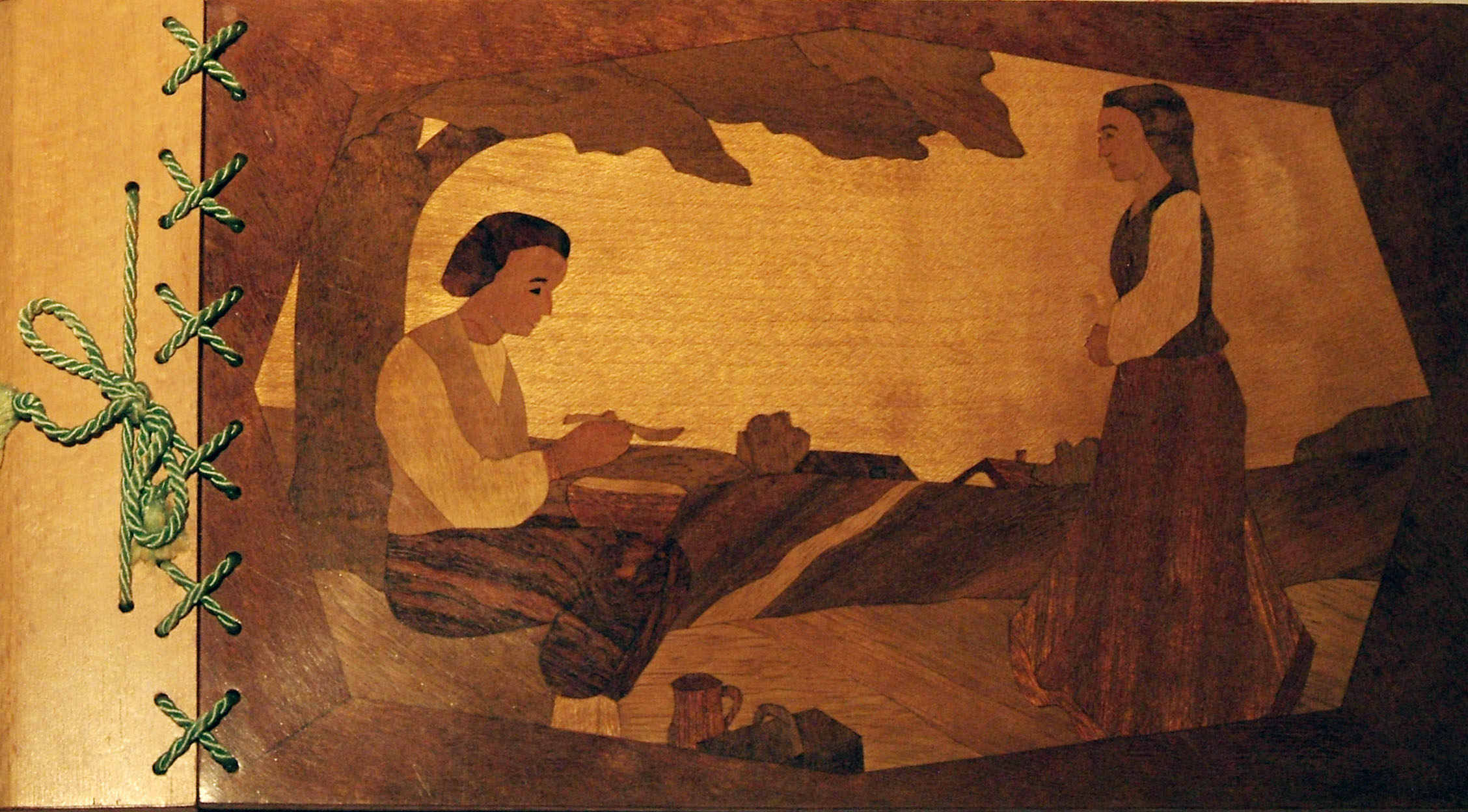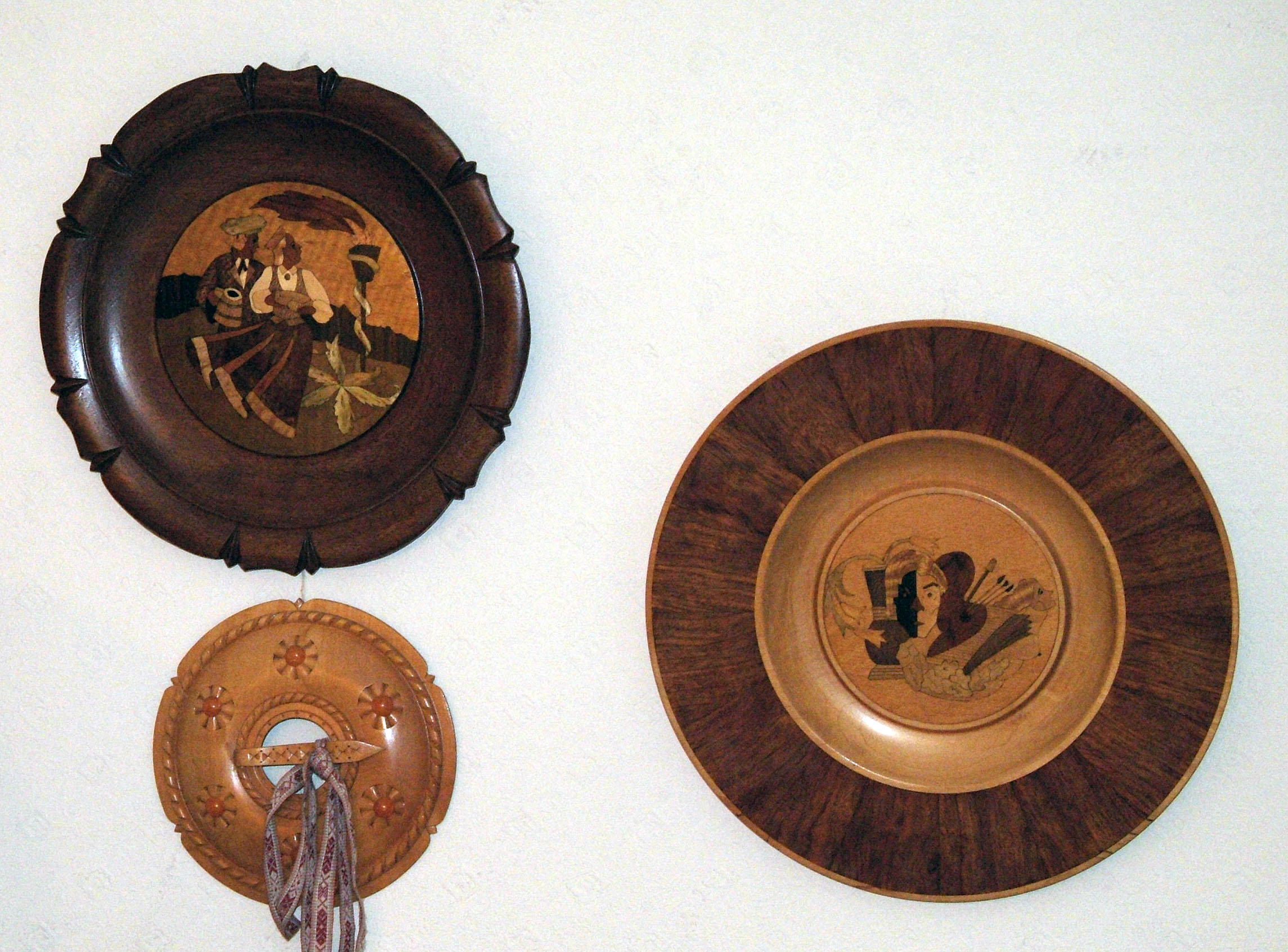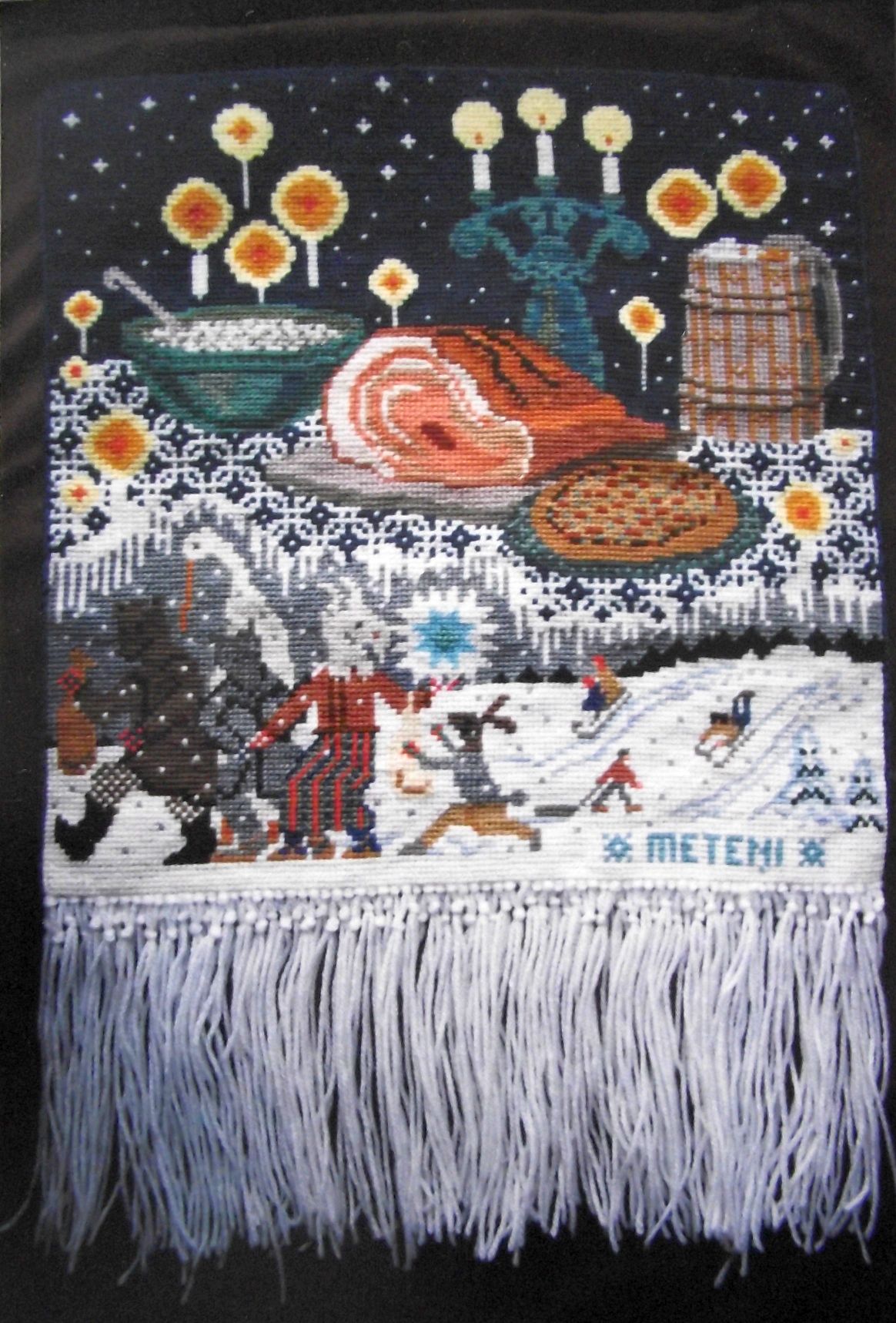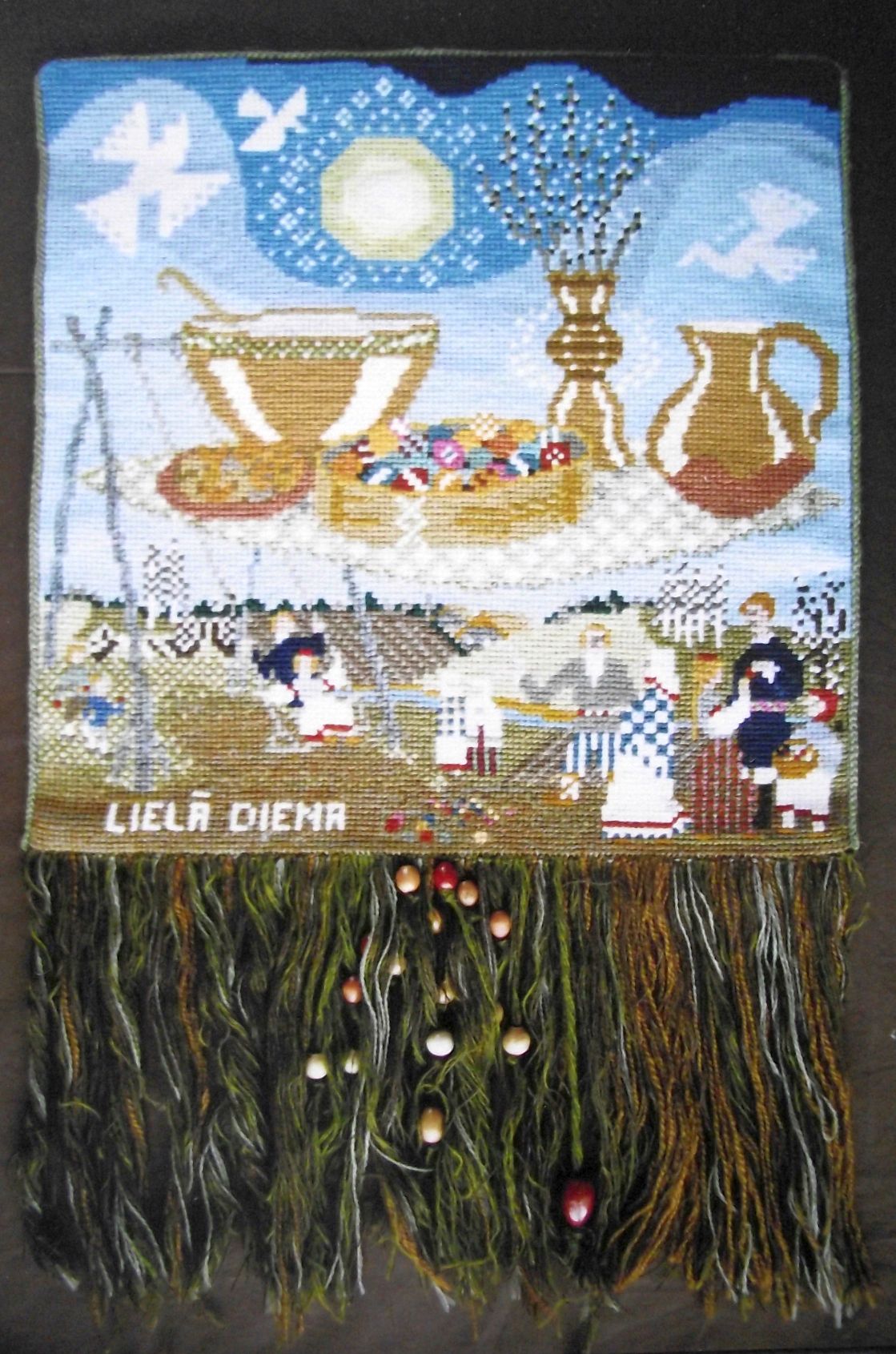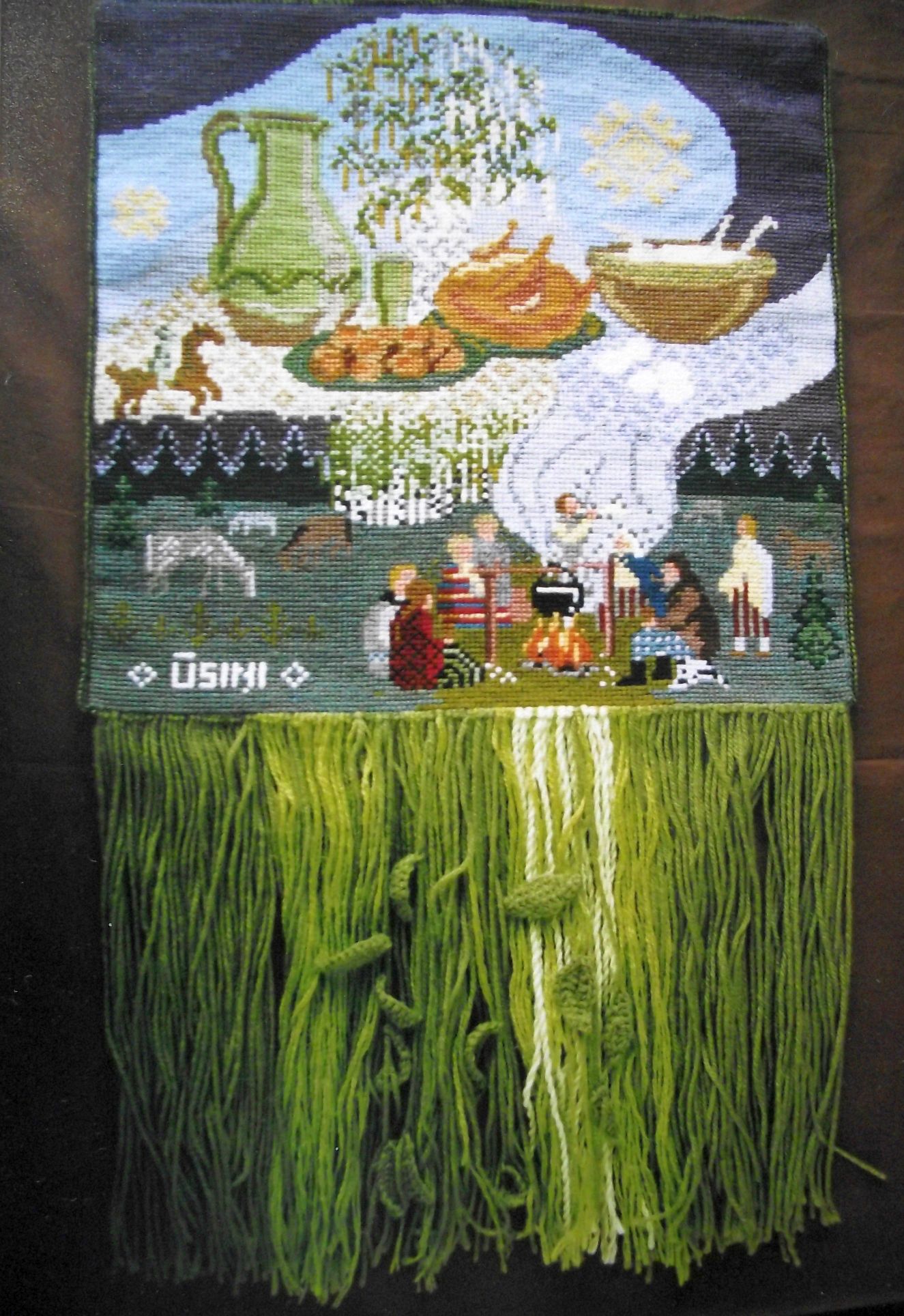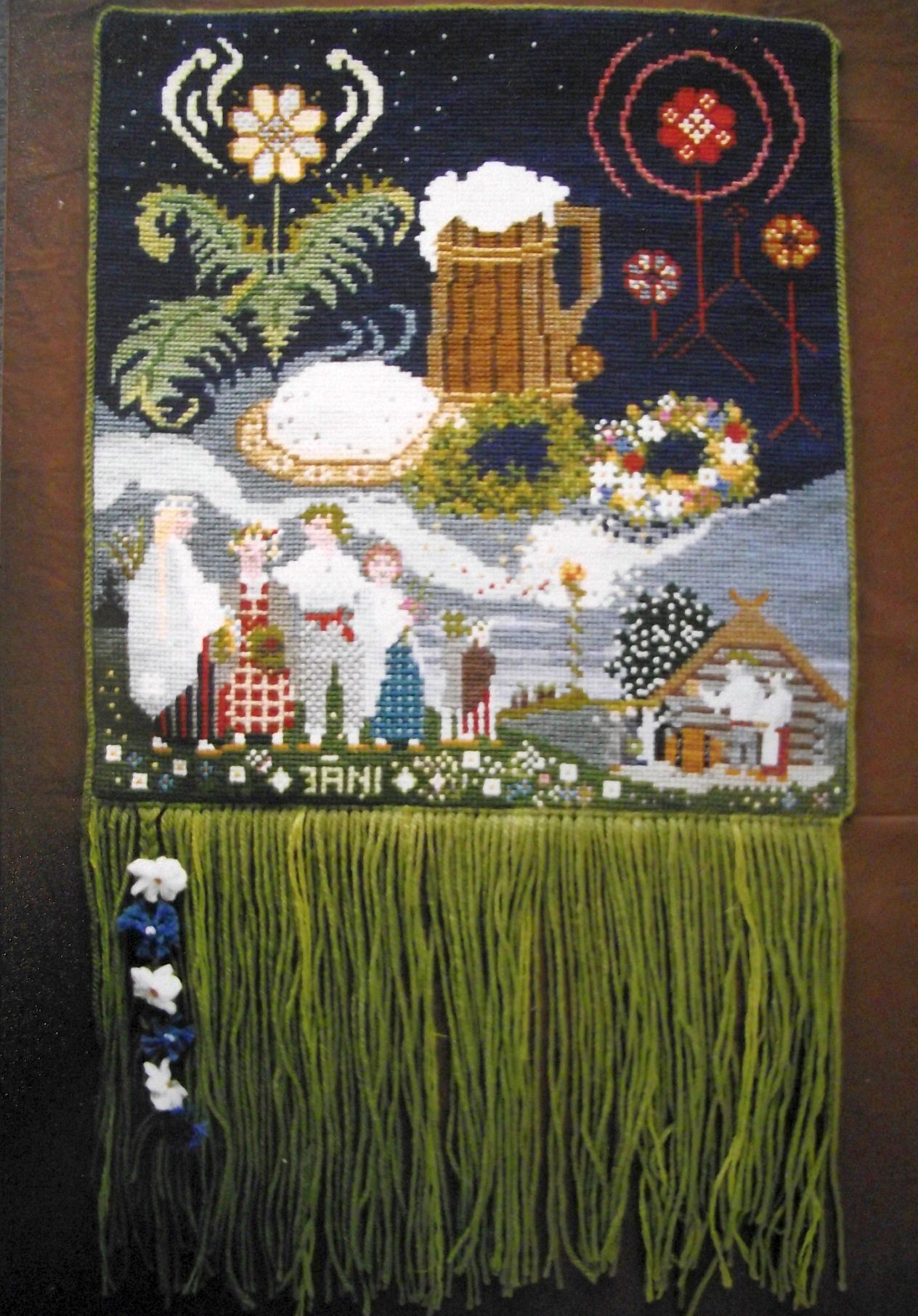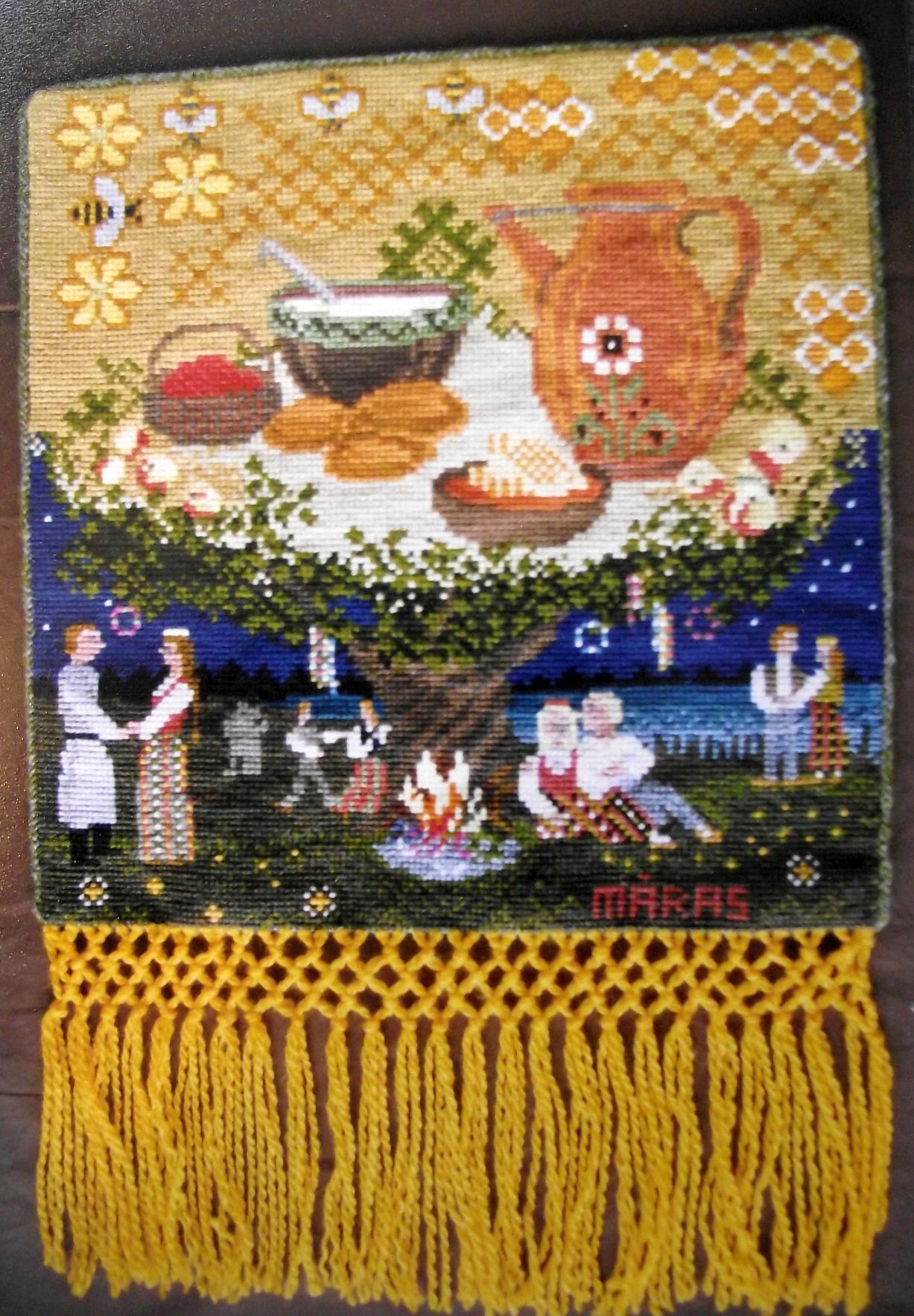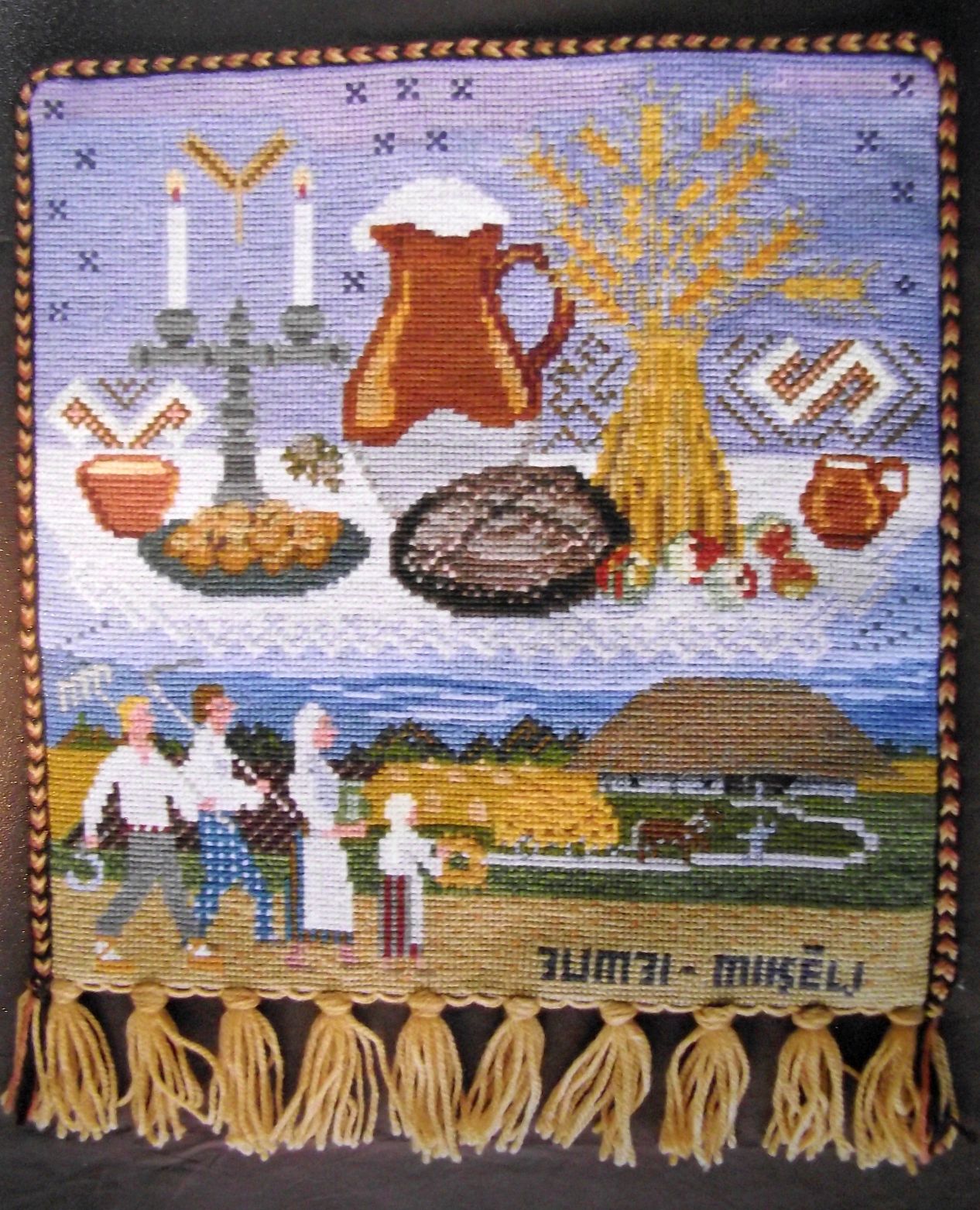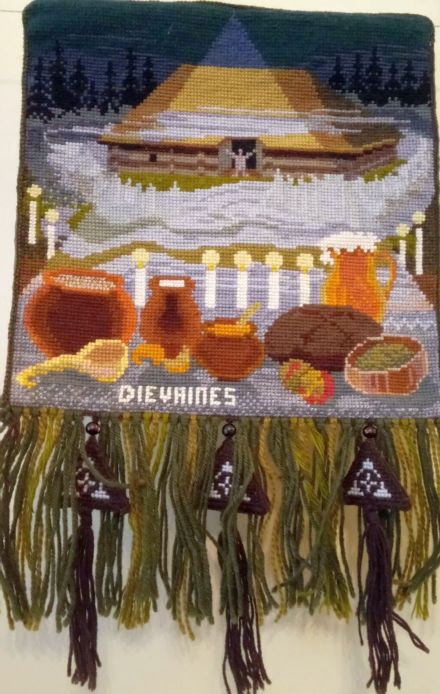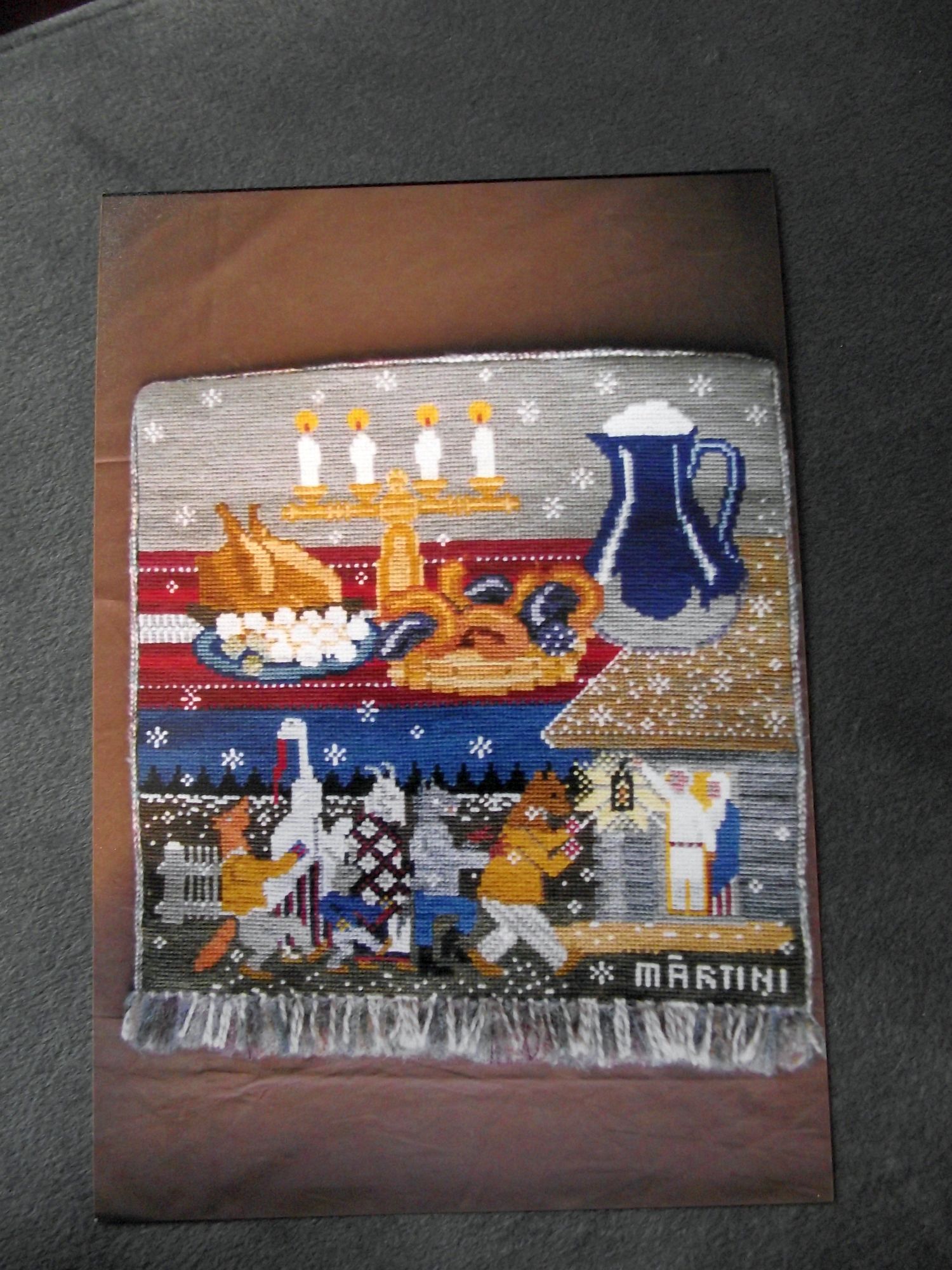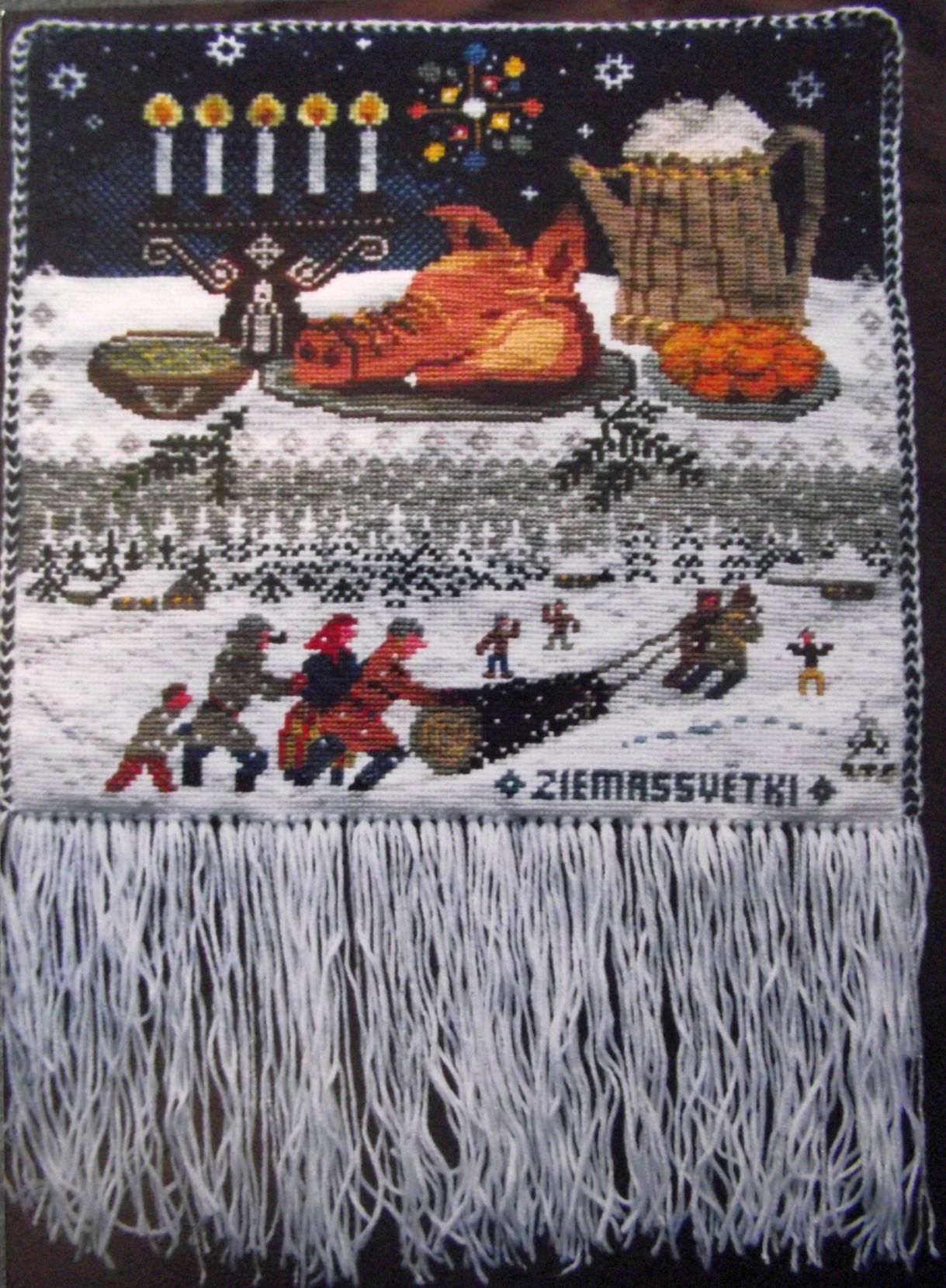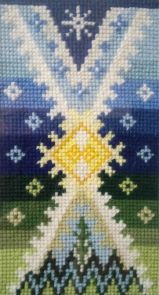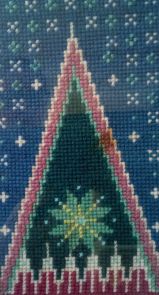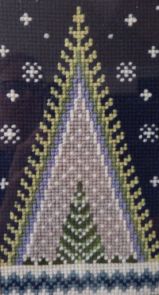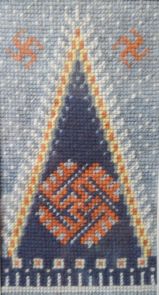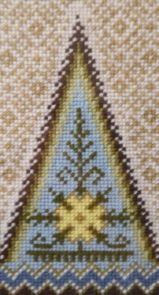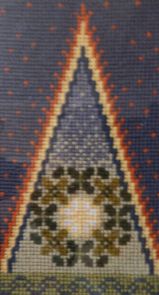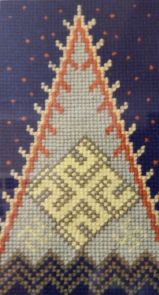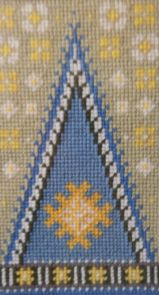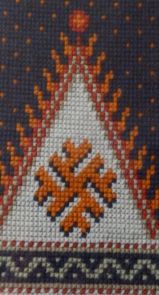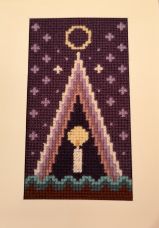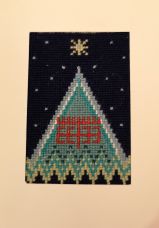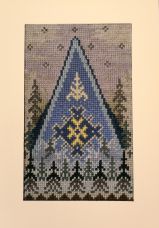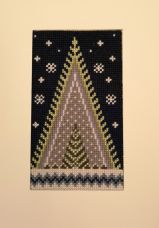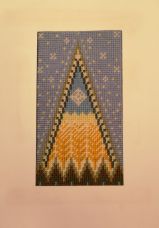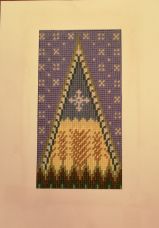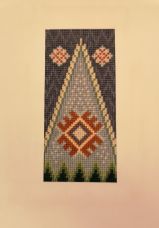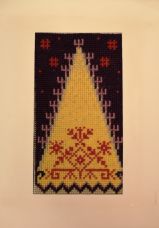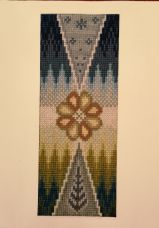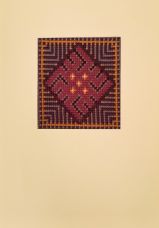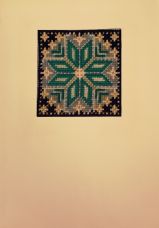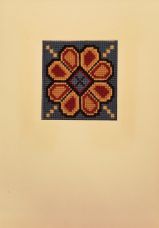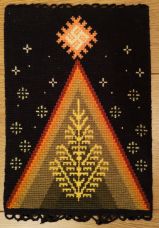Many of the artists and craftspeople who joined the Latvian Arts and Crafts Society had gained their training in courses organised in the German refugee camps or in pre-war Latvia, including the Kaucminde Home Economics Seminary (later Institute) or the national Fine Crafts School in Riga. The artists often also set up their own studios undertaking commissions, for example:
Bradford – Rūdolfs Priede’s studio offered training in design, composition and ornamentation, and a variety of needlework projects.
Bradford – the workshop of Jānis Skulte produced hand-made wood creations.
Bradford – Kārlis Uskalis produced ethnographic and original silver jewellery.
Leicester – Jānis Liepiņš worked with wood and silversmithing.
Manchester – Edgars Šēnbergs made traditional Latvian silver jewellery.
Coventry – Valdis Čoks produced leather goods with Latvian motifs.
Shipley – Helga Kivicka produced textile works to a high standard, making different styles of folk costume and passed on this knowledge to others.
Particularly notable was Ērika Vīlipsone, who had graduated from the National Fine Crafts School in Rīga. In England she was instrumental in collecting and documenting ethnographic items brought over from Latvia (mainly folk costumes). With the help of the Latvian National Council in Great Britain, she created the Latvian Ethnographic Materials Collection, whose objects she recorded, photographed and classified, using the classification system of the pre-war Latvian Monuments Board (Pieminekļu valde, 1923 – 1944). After independence in 1991, a large part of this collection was returned to Latvia and is now in the Museum of Limbaži and the Museum of the Occupation of Latvia in Riga.
Mention must also be made of Rasma Budiņa, well-known among Latvians as a professional weaver and maker of traditional folk costume skirts. She belongs to the generation that grew up and was educated in England. Having trained in weaving and textile design, she created a workshop in Bradford in 1975. This workshop functioned for five years until she moved to Welwyn Garden City, where she ran another weaving workshop for the following eight years.
Under the auspices of the European Latvian Song Festival in 1982 in Leeds, an exhibition of blankets woven around the turn of the 19th/20th century was brought from Latvia and set up in Leeds to promote and popularise the rich cultural heritage of Latvian textiles.
The most successful areas of craft work produced during the exile period were textiles (weaving and embroidery) and recreating reproductions of archaeological and ethnographic jewellery, using as examples publications or items that people brought with them on leaving Latvia. However, the output in exile never quite matched the standard of what had been produced in Latvia.

